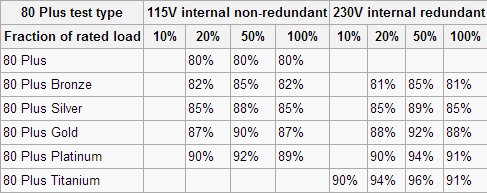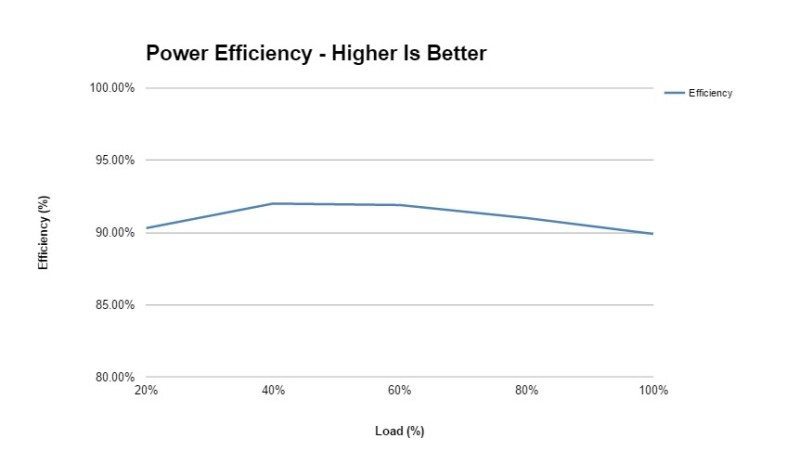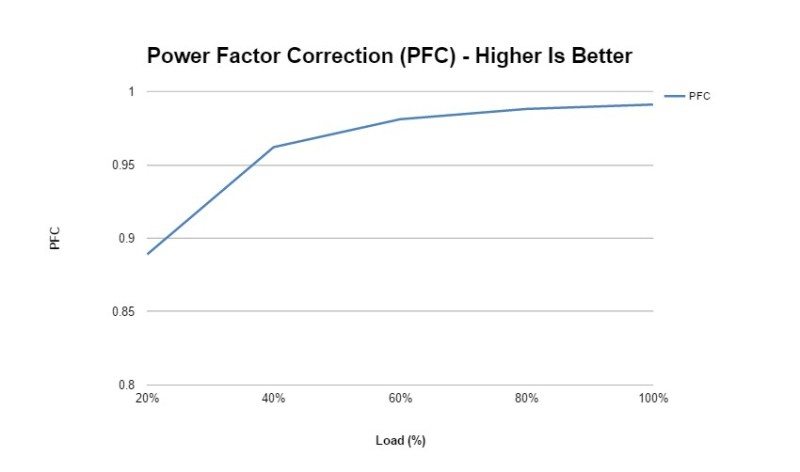Corsair RMi Series RM650i Fully-Modular Review
Peter Donnell / 10 years ago
Efficiency, PFC and Voltage Regulation
Voltage Regulation
To test voltage regulation we load the power supply to five different load scenarios that give an equal spread of load across every single rail. So that means 20% on all rails, 40% on all rails and so on. We then calculate the average deviance of each rail from its expected voltage.

The voltage regulation on this unit is very impressive, well within the safe margins overall. -12v regulation could be a little stronger, but at least the output is fairly consistent across the load range.
Power Efficiency
Power efficiency is measured by calculating actual supplied wattage divided by the wattage drawn at the wall/plug, multiplied by 100 to give a percentage. We then compare that to the particular 80 Plus certification the company claims to see if it meets that. You can see the 80 Plus certifications below, we always test 230v power supplies.


The PSU exceeds our expectations here, with the efficiency never dropping below 90% overall, with the PSU peaking in efficiency at 40%, around the point the built-in fan would kick in.
Power Factor Correction
Power Factor Correction is the ratio of the real power flowing to the load, to the apparent power in the circuit. The aim of PFC is to make the load circuitry that is power factor corrected appear purely resistive (apparent power equal to real power). In this case, the voltage and current are in phase and the reactive power consumption is zero. The closer the number to one the better as this allows the most efficient delivery of electrical power (Source – Wikipedia).

PFC was very good overall, especially in load scenarios above 40% (non-passive mode).



















